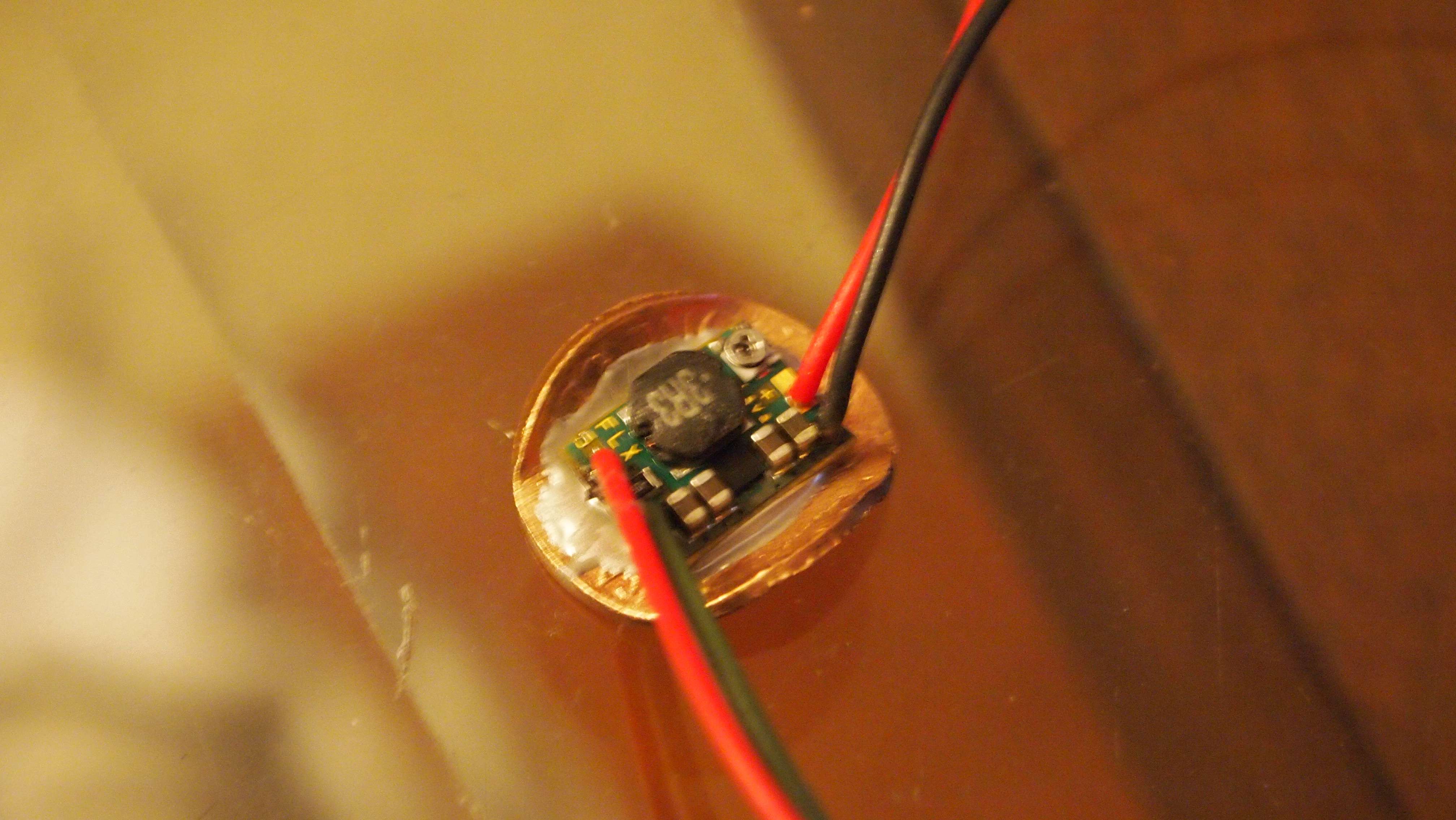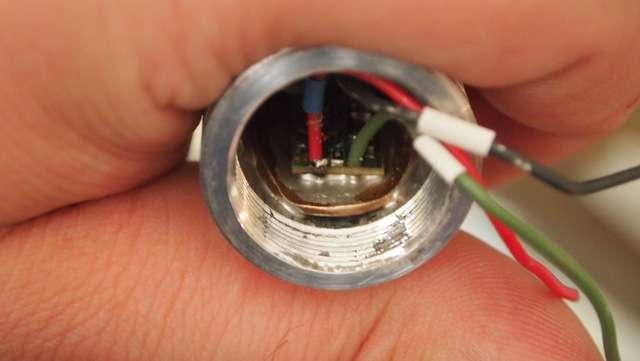- Joined
- Jan 14, 2011
- Messages
- 3,816
- Points
- 63
Hey everyone.
Despite my build record, I have never used a FlexDrive before... and the build I am working on right now is the first one.
Now, I have it all set up to output around 413mA (for an LPC), and I have heatsinked the six-pin chip like is usually advised (used a small piece of copper). But, in order to prevent shorts, I wrapped it in electrical tape.
I am planning on using this laser with no duty cycles... at this current (using a 14500 cell for input), will the driver EVER overheat?
Despite my build record, I have never used a FlexDrive before... and the build I am working on right now is the first one.
Now, I have it all set up to output around 413mA (for an LPC), and I have heatsinked the six-pin chip like is usually advised (used a small piece of copper). But, in order to prevent shorts, I wrapped it in electrical tape.
I am planning on using this laser with no duty cycles... at this current (using a 14500 cell for input), will the driver EVER overheat?







